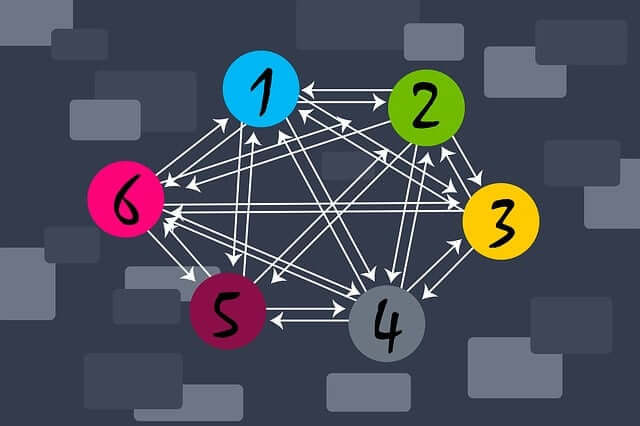When designing a website, many people think about the graphics and colors first and only worry about fonts when they’re ready to actually post the content on the website. Sadly, this common practice often leads to website designs that look good at first glance, but are difficult to read. In addition, some website design fonts don’t translate from PCs to Macs or vice-versa, leaving an entire segment of the Internet population unable to read the content on the site.
Don’t Ignore The Message A Font Conveys
Some fonts have a reputation. It sounds ludicrous, but some fonts have gotten such a bad rap over the years that any self-respecting company that uses a font like Comic Sans risks being perceived as unprofessional, child-like and silly. The look of your font should reflect the importance of your website marketing goals. Using silly lettering, tilted, whimsical fonts or script rather than block or typeset fonts may come off as frivolous, which probably isn’t part of your website marketing plan.
Website Marketing – When Less Is More
You may want to emphasize a particular sentence or phrase within the content of your website design as part of your website marketing strategy. This is fine when done in small doses. In other words, a few words printed in bold is a great way to draw attention to a particular piece of information, but trying to emphasize long passages in italics will simply irritate the reader. Italics also tend to be more difficult to read, so use them sparingly in website design. Generally, the less you resort to bold or italics in your website design, the more impact they will have.
The same goes for using fonts in unusual or bright colors. Reading several pages of neon green in any website design can lead to headaches or simply stop readers in their tracks. Remember that in many instances, your website marketing can take a serious hit if you don’t consider the impact of poor font choices.
The Place For Decorative Fonts In Website Design
You don’t have to forego more elaborate or decorative font styles entirely. If web designers did that, the content on all websites would look the same, and it would be boring. Titles and headings are two areas where you can let a bit of your creative side loose in your website design.
A wedding photographer’s home page, for instance, might use a font such as Chaucer or Calligrapher to reflect the romance of a wedding day. It might look fabulous in an oversized font at the top or bottom of the page, but both of these fonts quickly tire the eyes if you have to read paragraphs full of their curvy, embellished letters.
Stick with traditional and popular fonts that aren’t gimmicky or overly elaborate for the body of the text. An entire page of elaborately scrolled calligraphy will look fussy and be difficult to read. Talk to our website design team for some suggestions on how your site will look using a specialized font and how much you should use it for optimal website marketing returns.
You may have found a chilling looking font with letters that appear to drip blood that you think is ideal for your Halloween website design, but don’t throw those gruesome letters all over the page. There is a point at which novelty fonts no longer add anything to your website marketing efforts and are simply irritating.
Serif Or Sans Serif?
Fonts referred to as “serif” have small extensions on the upward and downward strokes. These little extensions were developed hundreds of years ago when early printers noticed that it made printed letters easier to recognize and read. Open any standard novel today, and chances are it was printed in some form of Serif text such as Times New Roman.
On the other hand, Sans Serif fonts are often used in website design because they lack the “serifs” on the up or down strokes. These letters are in their simplest form, with clean strokes and no embellishments. Arial is one of the most popular Sans Serif fonts used in website design.
Sticking With The Standards
There are several popular fonts that have become accepted standards for website designs. These aren’t random choices, nor are they carved in stone. These are fonts that have proved their worth on millions of websites over the years.
• These fonts make website design for any platform easy. They are recognizable by both PCs and Macs, so they are nearly universal.
• They are fonts that are easy to read even on a cheap monitor or laptop screen.
• The fonts are crisp and clean, with clearly delineated forms and no overlap or crowding between the letters.
Our website design experts can show you examples of some of the most popular serif and sans serif fonts currently in use, including Arial, Trebuchet, Verdana, Impact, Garamond, Times New Roman and Georgia. They will help you choose the right fonts for every aspect of your website design so that your website marketing is truly effective.




